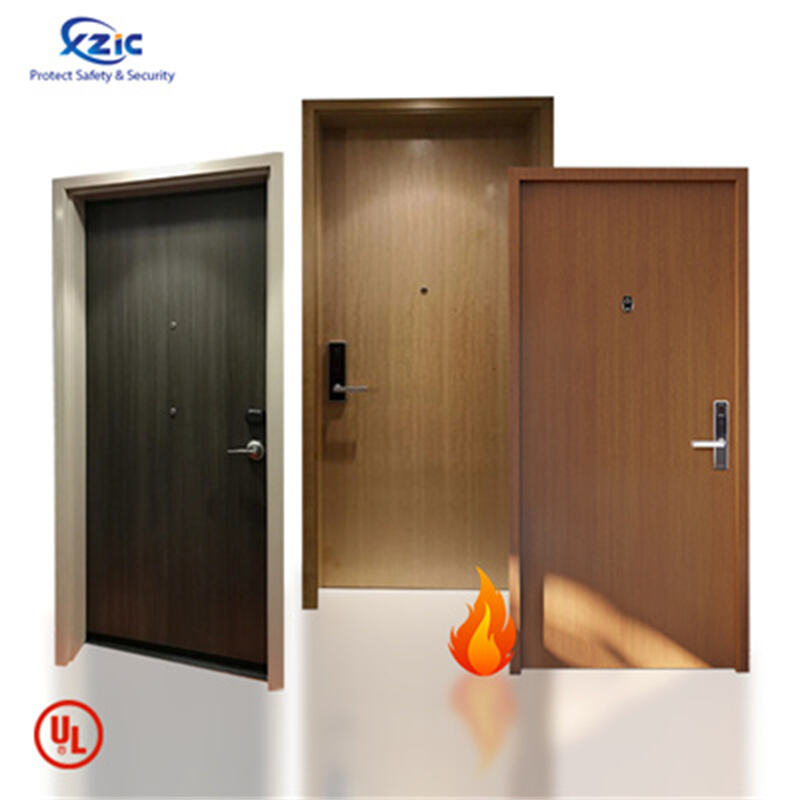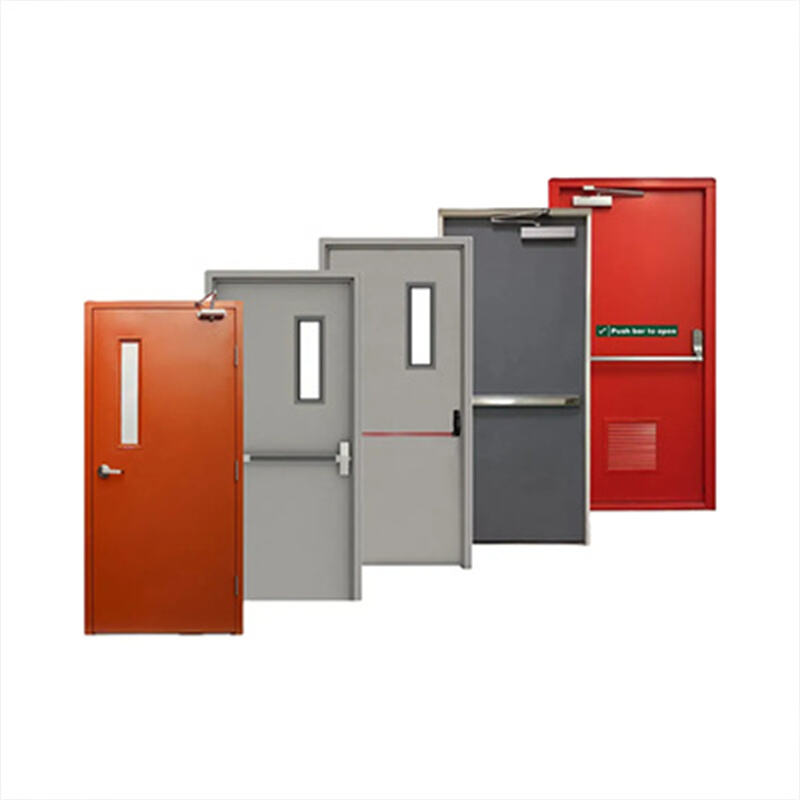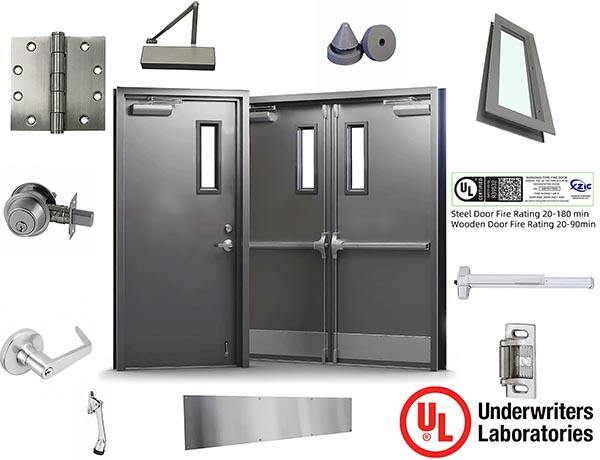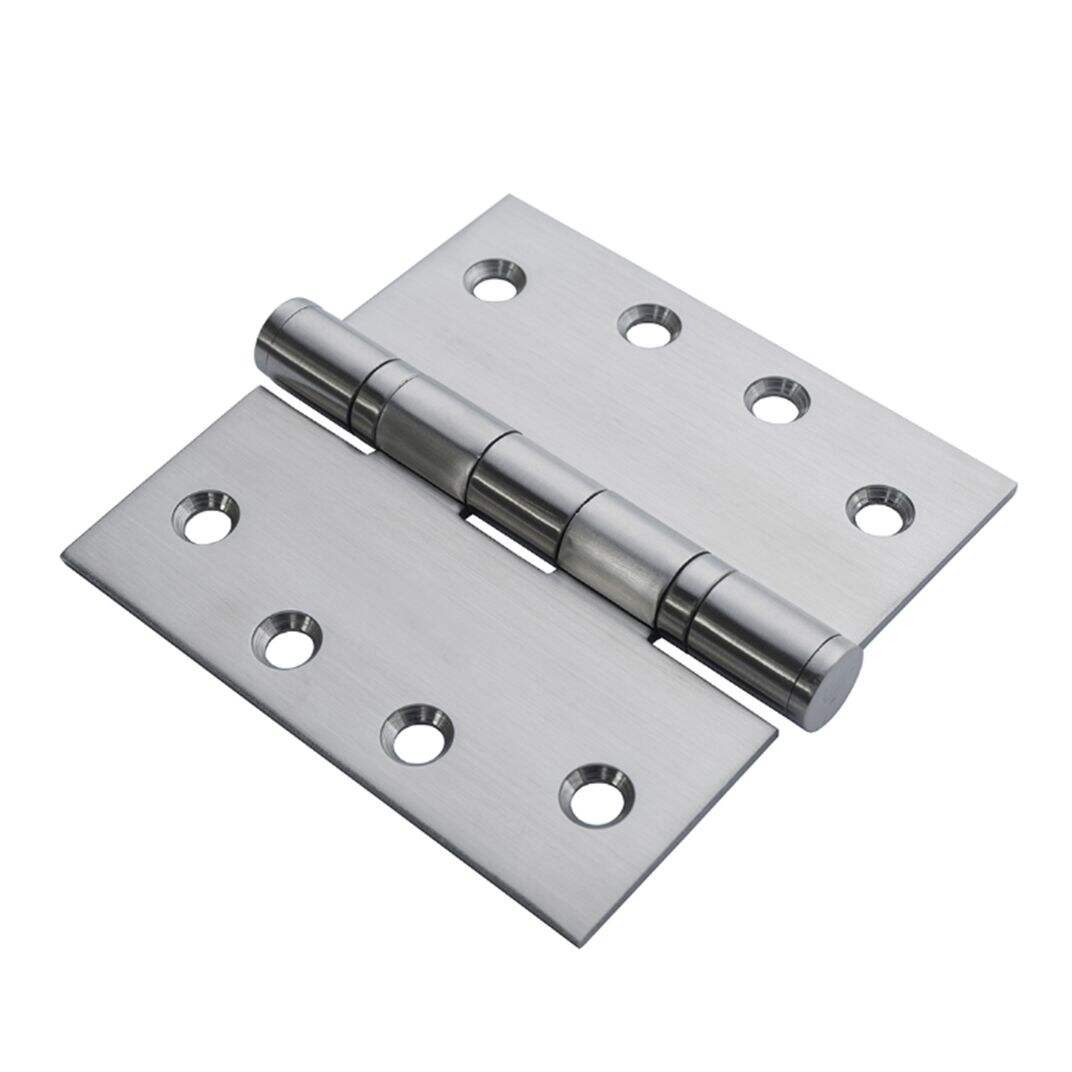The impact of the 145% tariff imposed by the United States on China's fire door industry
1. A sharp decline in price competitiveness
The 145% tariff will more than double the terminal price of Chinese fire doors in the US market, far more than competitors such as Vietnam and Mexico (usually 0-25% tariff).
U.S. importers could be forced to turn to Southeast Asia, Mexico or local suppliers, leading to a sharp drop in Chinese orders.
2. Rapid loss of market share
In 2023, China's exports of building materials to the United States are about 32 billion US dollars, and if tariffs are maintained for a long time, some categories may exit the US market.
American buyers may demand that Chinese factories set up shop in a third country (e.g., Vietnam, Thailand) or stop cooperation.
3. Supply chains are forced to adjust
The United States may strengthen the country of origin audit, even through Southeast Asian re-exports, still need to prove a "substantial transformation" (such as local processing value-added of more than 35%), otherwise still according to the Chinese origin tax.
Some companies that rely on the U.S. market could be forced to relocate production or abandon U.S. operations
Short-term contingency plan: reduce tariff impact

Re-export trade (Compliance operation)
Through the free trade agreement countries such as Vietnam, Malaysia, Mexico, take advantage of its low tariff advantages to the United States (such as zero tariff of Mexico-United States USMCA).
To ensure compliance with rules of origin (e.g., Vietnam value added above 30% can be counted as Vietnam origin).
Adjust product classification (HS Code optimization)
Check whether fire doors can be classified as HS codes with lower tariffs (for example, some building materials accessories may be taxed at lower rates than finished doors).
Hire a U.S. Customs attorney for compliance counseling to avoid false positives that result in fines.
Cost sharing with US importer
Negotiate FOB to CIF, and the US side will bear part of the tariffs.
Provide step discounts, long-term orders to give price concessions, maintain customer relations.
Long term strategy:Supply chain reconfiguration and product upgrade
Build factories overseas (avoid tariffs + close to the market)
Preferred Mexico (close to the United States, USMCA zero tariffs, labor costs ≈ 80% of China).
Second choice: Vietnam/Thailand (low tariffs to the US, subject to rules of origin).
Product upgrade (increase premium capacity)
Research and development of intelligent fire doors (integrated smoke alarm, automatic closing function).
Expand the market
Focus on developing alternative markets (in order of priority)
Market opportunity point
Southeast infrastructure boom (Vietnam, Indonesia's new airport/commercial building demand is large), tariff advantage (RCEP zero tariff), set up local offices or find building materials wholesalers to cooperate, Main cost performance Europe: Green building regulations (such as CE CPR certification) improve fire door standards, eliminate low-end products, apply for CE certification + German TUV testing, The main environmentally friendly flame retardant materials (such as halogen-free fire doors)
Africa: Commercial real estate in Egypt and Nigeria is growing rapidly, and Chinese-assisted construction projects are driving demand and binding supply with Chinese-funded construction companies (such as China Communications Construction)
Latin America: New regulations for high-rise building fire protection in Mexico and Chile, insufficient local production capacity, online distribution through Mercado Libre(Latin American Amazon)
Above is the person views,We will continue to pay attention to the international format and work with the country.Product updates please pay attention to our official website

https://www.ulfiredoormfg.com/Products
Recommended Products
Hot News
-
UL fire door Regulatory and Certification Requirements
2025-08-08
-
What are the types for fire Doors?
2025-07-12
-
Why Hollow Metal Doors Are a Cost-Effective Long-Term Solution for Businesses
2025-07-23
-
What’s the price difference for UL LISTED FIRE DOOR of mahogany/oak/ beech/walnut veneer finish compared with Formica /TAK/ Wilsonart Laminated finish ?
2025-07-31
-
What is MDF (medium-density fiberboard) Door?
2025-06-15
-
Essential Aspects of UL Metal Fire Door Inspection
2024-01-02
-
XZIC Delivers Superior Quality UL Fire Doors to Our Valued Client in Qatar
2024-01-02
-
Can hollow metal doors be insulated?
2024-01-02
 EN
EN
 AR
AR
 BG
BG
 NL
NL
 FR
FR
 DE
DE
 EL
EL
 IT
IT
 KO
KO
 PL
PL
 PT
PT
 RO
RO
 RU
RU
 ES
ES
 TL
TL
 IW
IW
 ID
ID
 UK
UK
 VI
VI
 TH
TH
 FA
FA
 AF
AF
 MS
MS
 SW
SW
 BE
BE
 UR
UR
 BN
BN
 KM
KM
 LO
LO
 LA
LA
 MI
MI
 MN
MN
 MY
MY
 KK
KK
 MG
MG
 SU
SU
 TG
TG
 UZ
UZ
 KY
KY
 XH
XH











